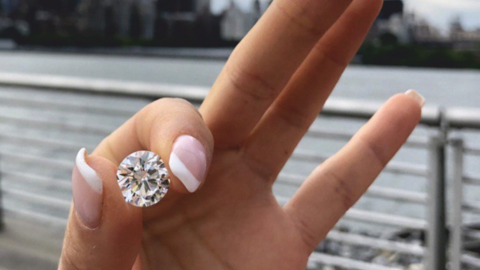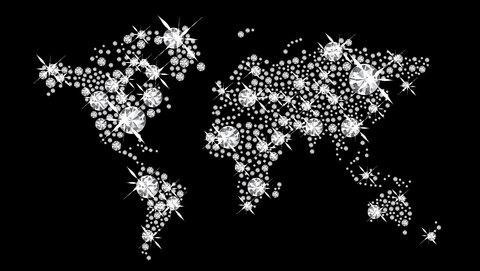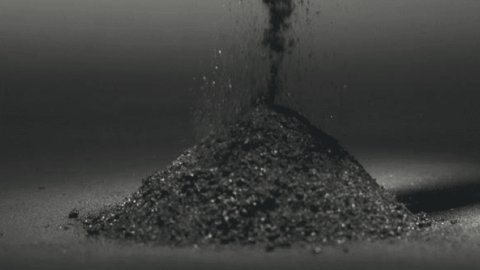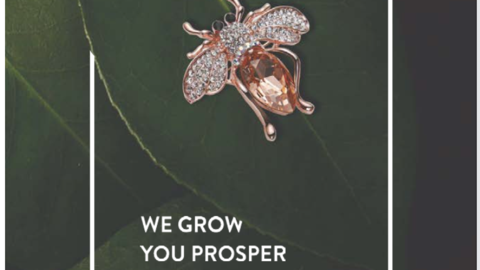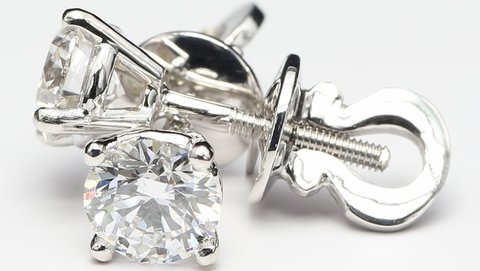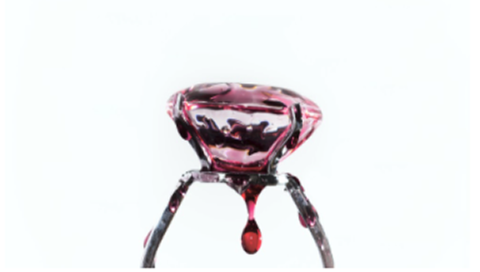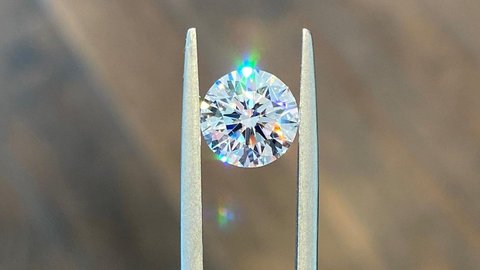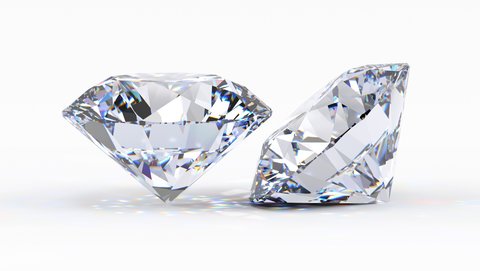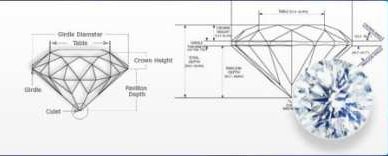Luxury Market Evolves As The Lab-grown Diamonds Only Gain in Popularity
Lab-grown diamonds keep gaining unprecedented market momentum, as technological breakthroughs and shifting consumer behaviour are redefining what it means to own a diamond in 2025. The sector continues experiencing remarkable growth, as price compression improves accessibility, bringing new customers into the jewelry stores.
Man-made diamonds now account for approximately 20% of the overall diamond market. And according to some reports, they’ve already surpassed sales of the mined gems in the engagement rings segment, representing 52% of purchases in 2024 (up from just 12% in 2020). The salespeople working in the local stores are encouraging their customers to buy lab-gown stones, due to the higher margin they gain from these deals. Production innovations have dramatically improved quality while reducing costs, at the same time there is more variability in terms of shapes, sizes and colors. Quite many consumers are now ordering custom diamonds that are grown and polished specifically for them.

This new market reality pushes established diamond companies to navigate it with varying strategies: Anglo-American is actively seeking to sell or spin off the iconic diamond division De Beers, at the same time Signet Jewelers recently announced major restructuring. However, many smaller retailers are now focused on segregating their mined and lab-grown offerings, creating distinct marketing approaches for each product category. It seems to be working for them just fine, given that large numbers of younger consumers particularly value the reduced environmental impact and ethical sourcing and are consciously buying only lab-grown stones. At the same time, a lot of older customers still prefer mined diamonds.
The psychological perception of diamonds is evolving with younger consumers, however the engagement rings are still important to them. Celebrity engagement announcements continue to drive diamond trends, with recent high-profile engagements showcasing specific cuts and settings: Zendaya's east-west cushion and Selena Gomez's marquise diamond have sparked renewed interest in these distinctive designs. However, millennials and Gen Z buyers prefer to replicate these styles with lab-created gems to cut their costs and continue to support full transparency and sustainability alongside luxury. Most significantly, the industry is witnessing the introduction of innovative verification technologies, such as De Beers' DiamondProof, enabling consumers to confidently distinguish between mined and lab-grown diamonds with zero false positives.
Industry experts project a bifurcated market developing further in the future. While exceptionally mined diamonds (rare, flawless, colored) may maintain or increase in value, standard gemstones, especially smaller ones, will likely continue experiencing price pressure. At the same time, non-jewelry applications for lab-grown diamonds in technology could expand significantly in just a few years.
For both jewelry retailers and suppliers like Labrilliante, understanding and adapting to this evolving market presents both challenges and opportunities. Success will depend on strategic positioning, clear value propositions, and transparent communication with increasingly informed consumers seeking both quality and value in their diamond purchases. As the industry continues its transformation, the definition of luxury itself is being reimagined, with implications extending far beyond the diamond sector into the broader luxury goods market.


